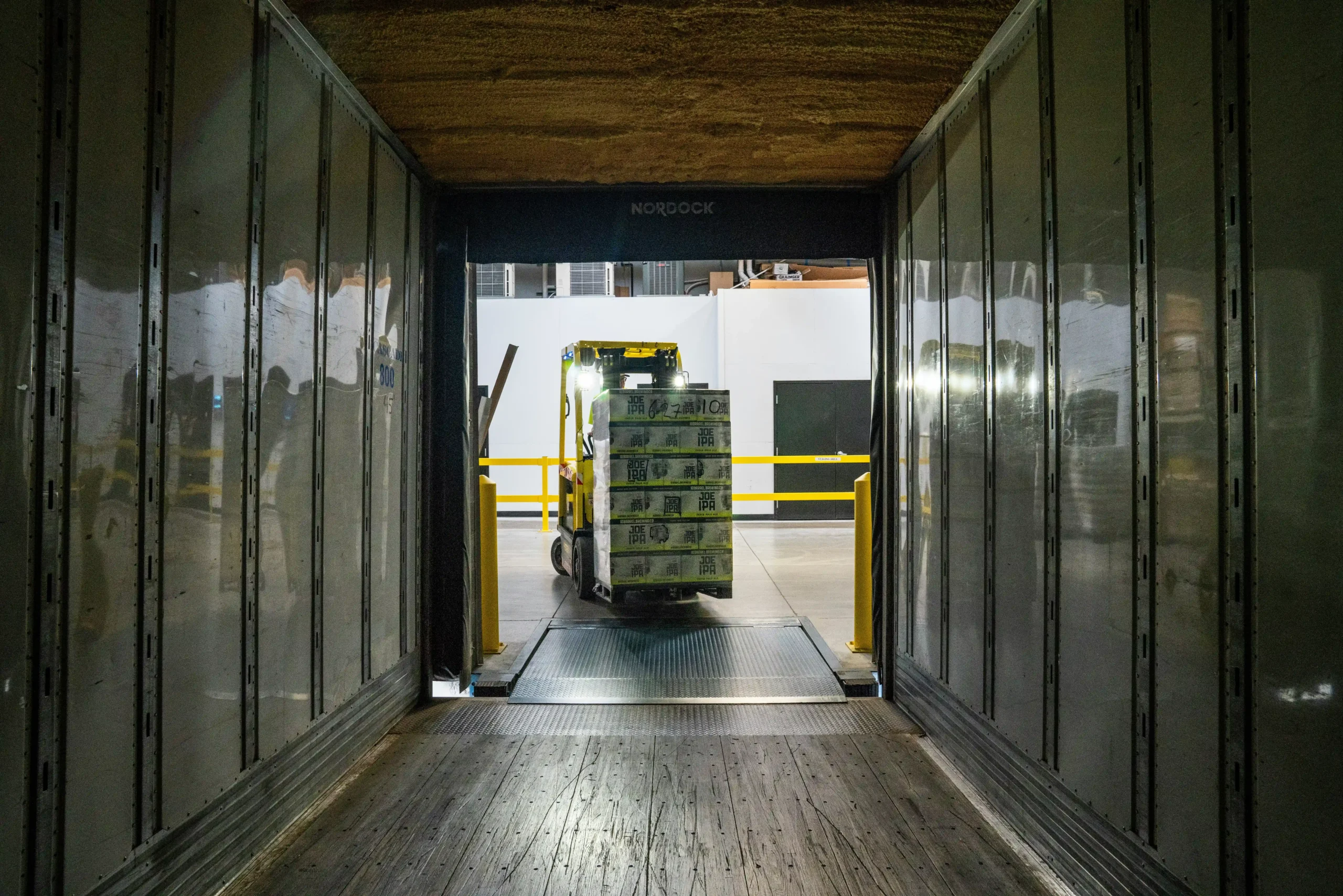In the highly competitive footwear industry, delivering products on time, in perfect condition, and cost-effectively is crucial for success. As footwear brands expand globally, managing deliveries efficiently becomes even more challenging, especially in the footwear products export business. Proper delivery management ensures that products reach consumers without delays, defects, or excess costs, which directly impacts customer satisfaction and brand reputation. This blog will explore how to carry out the delivery management of footwear products, focusing on the key processes, challenges, and best practices for footwear export businesses.
What is Delivery Management of Footwear Products?
Delivery management refers to the strategic process of planning, implementing, and controlling the movement of footwear products from manufacturers to end customers. For footwear manufacturers and exporters, this includes managing orders, inventory, packaging, logistics, and transportation to ensure that products are delivered on time and meet the required quality standards.
In the footwear export business, the complexity of delivery management increases due to the need to adhere to
varying shipping times, and the diverse requirements of global customers. Effective delivery management helps businesses ensure that their footwear products arrive safely and efficiently while reducing operational costs.

Key Steps in Delivery Management of Footwear Products
1. Order Confirmation and Processing
The first step in footwear delivery management is order processing. This includes confirming the order, verifying the stock, and ensuring that the correct products are available for shipment. Efficient order management software can help automate this process, ensuring that orders are fulfilled accurately and quickly. For footwear exporters, it is important to manage both bulk orders and individual consumer orders, which may require different logistics solutions.
2. Inventory Management
Effective inventory management is at the heart of successful delivery management. By maintaining real-time visibility of stock levels, businesses can ensure that they never oversell or run out of stock. For footwear manufacturers, it is essential to organize products by size, color, and style to reduce shipping delays and errors. Advanced inventory tracking systems help manage warehouse operations and enable businesses to scale production according to demand.
3. Packaging and Labeling
Proper packaging is critical to protect footwear products during transit. In addition to ensuring product safety, packaging must meet both regulatory requirements and customer expectations. For export businesses, it is important to adhere to international shipping standards, including proper labeling with product information, barcodes, and handling instructions. The packaging should also minimize waste and be environmentally friendly, especially given the growing demand for sustainable practices in footwear manufacturing.
4. Logistics and Transportation
Selecting the right logistics and transportation methods is crucial for ensuring timely delivery and minimizing costs. Footwear products can be shipped by air, sea, or land, depending on the destination, volume, and time constraints. For international shipments, understanding the best routes, customs requirements, and potential delays is key to ensuring smooth delivery. Working with experienced logistics partners who specialize in footwear export businesses can streamline this process.

5. Tracking and Monitoring
Real-time tracking systems allow businesses to monitor the progress of shipments, ensuring that any potential delays or issues are quickly identified. For footwear exporters, providing customers with tracking information builds trust and enhances their experience. Advanced software can integrate logistics data with customer service platforms, enabling businesses to proactively resolve any problems and ensure customer satisfaction.
How to Optimize Delivery Management in the Footwear Export Business
1. Automate and Streamline Processes
Incorporating technology into the delivery management process can greatly enhance efficiency. Automation tools for inventory management, order processing, and packaging can reduce human error and speed up fulfillment. Additionally, implementing a robust transportation management system (TMS) helps businesses optimize routes, reduce fuel costs, and improve delivery times.
2. Embrace Multi-Channel Distribution
For footwear products, utilizing multiple distribution channels can improve flexibility and expand market reach. Businesses should consider a mix of direct shipping, third-party logistics (3PL), and drop shipping to meet the diverse needs of their customers. Leveraging local warehouses or fulfillment centers can also speed up delivery times for international customers.
3. Focus on Sustainable Logistics
As consumers increasingly demand environmentally conscious practices, footwear exporters should consider adopting sustainable logistics solutions. This can include using eco-friendly packaging, reducing carbon emissions by optimizing transportation routes, and partnering with green logistics providers. Sustainable logistics not only helps the environment but can also improve a company’s brand image and appeal to eco-conscious consumers.
4. Collaborate with Reliable Logistics Partners
Choosing reliable logistics partners is essential for smooth and timely delivery management. When exporting footwear products, it’s crucial to work with experienced freight forwarders, shipping companies, and customs brokers who understand the complexities of international trade. These partners can ensure that shipments comply with all regulatory requirements and avoid costly delays at customs.
5. Plan for Potential Delays and Risks
Effective delivery management involves proactive risk management. Footwear exporters should have contingency plans in place to handle potential delays caused by weather, customs issues, or other unforeseen events. Insurance coverage for shipments is also a vital component to protect against damage or loss during transit.
Common Challenges in Delivery Management of Footwear Products
1. Shipping Delays
Shipping delays are a common challenge in the footwear export business. These can occur due to bad weather, strikes, customs processing issues, or transportation disruptions. To minimize delays, businesses should plan shipments well in advance and communicate transparently with customers about expected delivery times.

2. Customs and Regulatory Compliance
Navigating international customs requirements can be complex. Footwear products are subject to varying regulations across different countries, and failure to comply with these can lead to delays, fines, or shipments being returned. Footwear exporters must stay informed about the specific import/export laws in each country they operate in.
3. Handling Fragile or Large Orders
Footwear products are often fragile or bulky, making them difficult to ship in large quantities. Proper packaging and handling are essential to prevent damage during transit. Additionally, managing large orders, especially in the footwear export business, requires careful coordination of storage and shipping processes.
The Future of Delivery Management in Footwear Export Business
As e-commerce continues to grow, the footwear export business will face increasing demand for faster and more efficient deliveries. The future of delivery management will likely include more use of artificial intelligence (AI) and machine learning (ML) to predict demand, optimize shipping routes, and automate customer service. Additionally, with increasing environmental awareness, businesses will need to adopt greener delivery practices and reduce their carbon footprint.
الخلاصة
The delivery management of footwear products is a critical aspect of the footwear export business, influencing both customer satisfaction and operational efficiency. By optimizing processes such as inventory management, packaging, logistics, and tracking, footwear businesses can ensure that their products are delivered on time, in excellent condition, and at the lowest possible cost. The future of delivery management will be driven by technology, sustainability, and improved logistics strategies, helping footwear exporters stay competitive in the global marketplace.
Frequently Asked Questions (FAQ)
Q1: How can footwear businesses reduce delivery costs?
Footwear businesses can reduce delivery costs by optimizing shipping routes, using cost-effective logistics partners, and reducing packaging waste.
Q2: What are the best logistics options for exporting footwear products?
The best logistics options for exporting footwear products depend on the destination, order volume, and delivery speed. A mix of air, sea, and land transport is often the most effective solution.
Q3: How can I ensure timely delivery for international footwear shipments?
To ensure timely delivery, footwear exporters should plan shipments in advance, choose reliable logistics partners, and have contingency plans in place for potential delays.
